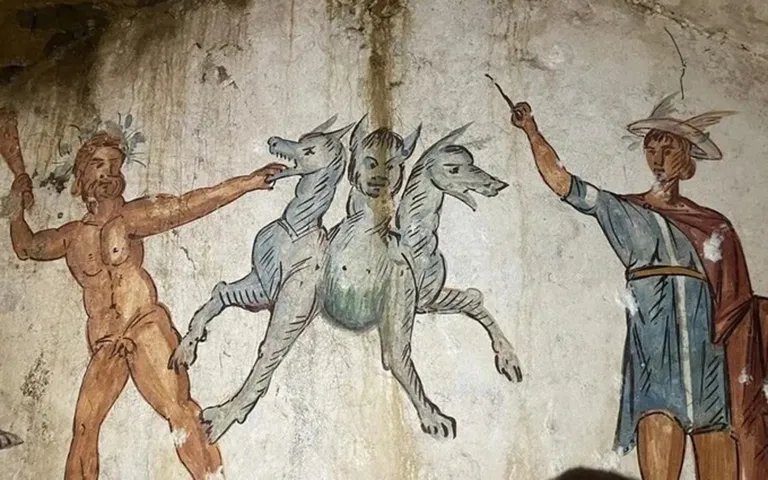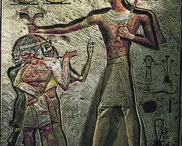As regular readers of this column will know, I have always had an interest in archaeology.
I don’t just mean watching YouTube videos or Indiana Jones, I mean getting wet and cold in muddy excavations in England. Or hot and sweaty in Israeli ones. Regardless of any connections to the Bible I love the thrill of excavating broken pots and corroded coins buried beneath the earth. I don’t know why anyone would not.
This summer I was involved in an excavation in the depths of the beautiful New Forest where we found a 2,000-year-old Celtic roundhouse and evidence of a Romano-British settlement. The most exciting find? Not coins, jewellery or weapons but a piece of broken pot. What made this shard spine-tingling is that it was inscribed with a name: Banvus of Lezoux. This c.120–200AD pot had made its way from the workshop of Banvus, in the Auvergne in France, to a little hamlet in Hampshire. Don’t you want to know, who was Banvus and how did his pot wind up here?








